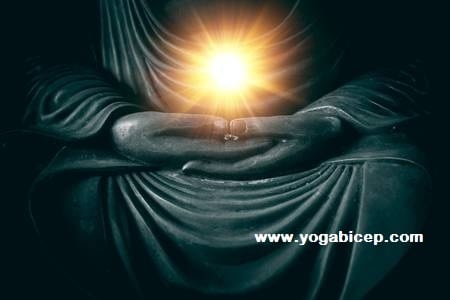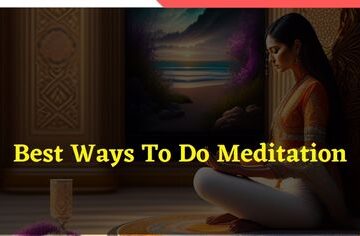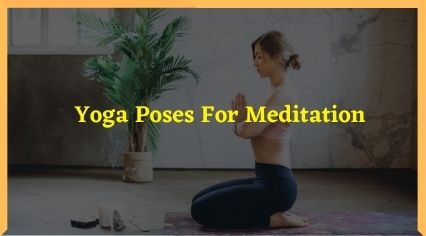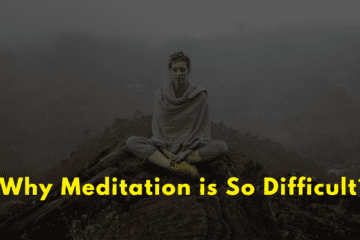Meditation for the Beginners |Part 2

Hello from beautiful British Columbia, Canada and welcome to the Meditation for the beginners part 2.
If you missed part one I will link it for you right here Meditation For The Beginners |Part 1.
You have to make sure that you read that before you dive into Meditation for the Beginners Part 2 alright.
Let’s continue where we left off shall we so let’s take a summary of the (Meditation for the Beginners part 1.)
(Also do this 7 Minute meditation to achieve everything you want).

You have to find a comfortable seat, focusing on the breath as the abdomen rises and falls naming it as you breathe-in and breathe_out.
Now a lot of people feel and my previous self included that, meditation means emptying your mind completely not having any thoughts at all.
What I was enlightened to learn is that in this form of meditation you aren’t trying to stop the thoughts from coming in but rather you’re just observing them.
So let’s say you’re mindful of your breathing labelling it as we did before rising, rising, rising and falling, falling, falling but suddenly a sensation snaps you out of the mindfulness of breathing.
This sensation might be hearing a car driving by, smelling food being cooked in the kitchen, feeling your leg go numb or maybe you can see in your mind an image of a tropical beach whichever of your senses is being called on simply label.
It so you may name it as tuning in, smelling, feeling or seeing, by offering a name to it we become mindful of it and recognize it, as we watch it for what it is without enabling ourself to go into the more deeper idea.
So we aren’t thinking oh I smell something I wonder what he’s making for dinner did he remember to use all the carrots maybe I should go check, no this is not observing this is actively thinking.
So instead we just label it for what it is and continue to label it without letting your thoughts wander mindlessly.
When you do this you will notice that the sensation will pass and when it happens we bring the focus back to the breath in and out.
So now all of a sudden you hear something yet don’t focus it just observe it and name it listening or you might even call it a hearing.
It doesn’t matter what you call it as far as it sounds good to you.
Observe it then let it go and return to the breath.
Now what happens when a thought enters into the mind, not just a sensation but a thought maybe you’re thinking about something that happened in the past,
like a mistake you made earlier or maybe your mind is wandering to the future thinking about what you’re going to be making for lunch later or maybe your mind is wandering to a dream world where you have just won the lottery.
Whatever it is just as we did before we are becoming aware of it and naming it.
So let’s say we are focused on the breath rising and falling and all of a sudden we remember a silly thing that we did earlier in the day that really embarrassed us,
instead of going deeper into this feeling and feeling even more stupid for what we did we just label the experience instead.
Remember continuing to repeat this, until we become mindful of the fact that it’s just a thought we don’t judge the thought we do not name the thought as good or bad or try to make sense of it.
We just observe it in a detached way and you will see in the next moment of naming the thought it will pass, which once again bring back our attention to the breathe in and breathe out process.
If the thought is of something that might happen in the future you can simply label it planning or if it’s something you’re daydreaming about perhaps you can label it imagining.

Now this meditation allows us to empty the mind from the thoughts of the future or past memories.
It allows the thoughts to flow away as they do so we can focus on the rising and falling movement happening right now because all we have really got is this present moment.
It is in this, very moment when one is aware of his breath,his mind starts becoming still and clear.
This is the way we clear the mind not by active involvement in it to make it empty but by recognizing the breath and letting go of our thoughts and sensations in a respectful way and then again returning to the natural breathing.
So in this part we have learnt the basics of the seated position and always returning to the breath.
In here we also learned the technique of dealing with, the thoughts or sensations that comes into our mind during meditation.
We have learned to detach ourselves from those sensations thoughts or emotions by simply observing them without any judgement.
Then now the question becomes what do you do if your leg starts to fall numb while you’re meditating or if a stray piece of hair starts to tickle your nose do you simply get up and readjust or move the piece of hair out of your face,
This is which we are going to discuss in the Meditation for the Beginners Part 3 and something else that we’re going to discuss in the next part of this series) is I think is the most impactful and important thing to discuss which is how we can apply the mindfulness techniques that we have learned in meditation in our day to day activities and in our day to day lives so stay tuned for the next part.
The reason behind this 2-day gap between Meditation for the Beginners Part 1 and Meditation for the Beginners Part 2 is just that you should get ample time to practice these Guided Meditation Techniques.
Share your experience in the comment section below after practising this.
Meditation techniques for beginners.




4 Comments
Meditation for the Beginners |Part 3 | Vipassana – Yogabicep · at
[…] Meditation for the Beginners |Part 2 […]
Why the Mantra Is Secret In Transcendental Meditation? TM – Yogabicep · at
[…] Meditation for the Beginners |Part 2 […]
What is Meditation? |Meditation– Yogabicep · at
[…] Meditation for the Beginners |Part 2 […]
Meditation For The Beginners |Part 1 – Vipassana Meditation · at
[…] Meditation for beginners | Part 2. […]